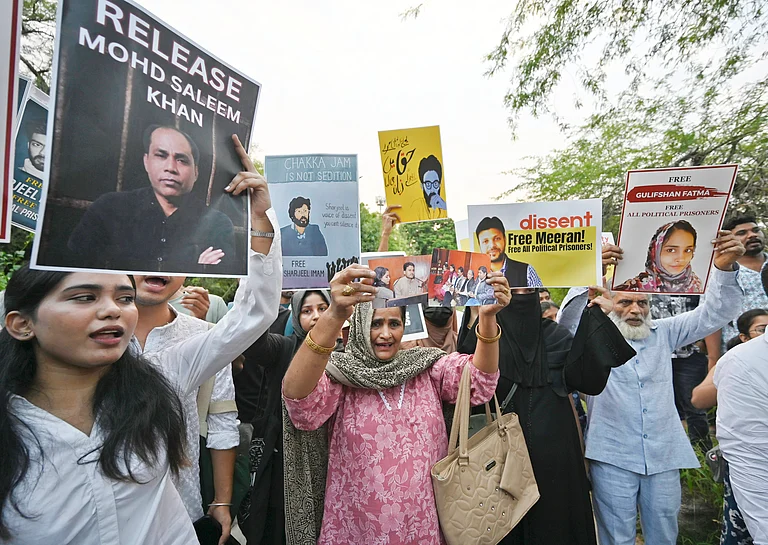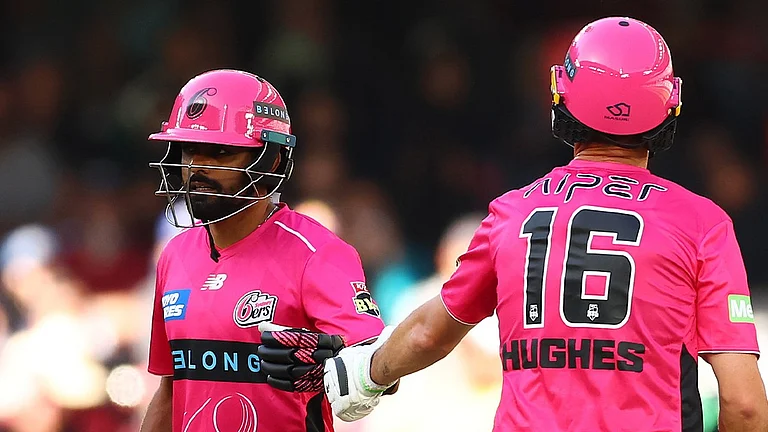Mehrotra’s tour de force on architecture since 1990 deals with the great leap upwards of post-reforms India. He is a fit chronicler—and messiah—of both, the egotistic spoor of what he calls ‘impatient capitalism’ and the forces of resistance. He has been more realistic, and less arrogant, than the post-independence star chamber of Correa, Doshi, et al. This tome describes the ‘plural landscape’, which is the result of India’s reactions to globalisation.
Post-’90s urbania appears to be all about the mall-ing of Indian architecture. The spectacle of FDI Unbound brought in an uncapped investment in global architects. They are a far cry from those who created the Nehruvian aesthetic—Le Corbusier, Louis Kahn, Frank Lloyd Wright and Buckminster Fuller—because the patronage has now changed from the Sarabhais to software giants.
But India is too ancient and too diverse for its new identity to be expressed monotheistically. And Mehrotra is too cerebral to make the easy, use-based distinctions such as airports, corporate spaces, etc. Instead, he has divided post-’90s architecture into four emergent landscapes: Global Practice (The Architecture of Impatient Capitalism); Regional Manifestations (Local Assertions); Alternate Practice (Towards Sustainability); Counter Modernism (Resurfacing of the Ancient). Each section features a trend-tracking and analytical essay followed by an extensive folio of a selection of the buildings which typify that genre. These are not just brochure-grade photographs but also draughtsman’s drawings, cad blueprints and the cutting-edge technology that has become the trademark of our more flamboyant architects.
Mehrotra is an acknowledged crusader for identity, in his books, buildings and urban conservation projects. He is also where he is—including the chair of the department of urban planning and design at Harvard—because he has an opinion. Happily, it is not the ‘my way or the highway’ brand of most of his august predecessors and contemporaries.
So while he is fastidious in his documentation, and open to the technology revolution, he is underwhelmed by some of the ott atrocities committed in the name of innovation. The Hafeez Contractor school and the Charles Correa school have always stood at opposite—and mutually disparaged—ends. Mehrotra acknowledges Contractor’s seminal contribution to the 21st century urbanscape, but still makes the broader point about the ‘reverse outsourcing’ of India’s globalisation genre and more so, the trend in which irrelevance of context has become a must-have rather than the no-no it should continue to be.
There are many eye-openers. The way unheard of towns and new patrons are breaking the classical ‘spine of architectural awareness’ which ran through Chandigarh, New Delhi, Ahmedabad, Baroda and Bombay in the ’60s and ’70s. The way Chitra Vishwanath has extended the earthy philosophy of the Nari Gandhi-Laurie Baker legacy. The way in which such disparate expressions as Surat’s Ashwini Kumar Crematorium and Jamia Millia’s Romi Khosla-designed Castro Cafe have reinvented conventionally uninspiring spaces. The way in which growing religious resurgence has resulted in some of the most monumental projects of 21st century India.
The diverse sweep of architecture in this book both endorses and challenges Mehrotra’s belief in the ‘kinetic city’; where the role of ‘spectacle’ is not vested in the built environment but in the imagery of Ganesh immersions, tazia processions and Ramlilas. Pictor could not have found a worthier debut publication. Though I do wish they would’ve found a less taxing typeface.

























